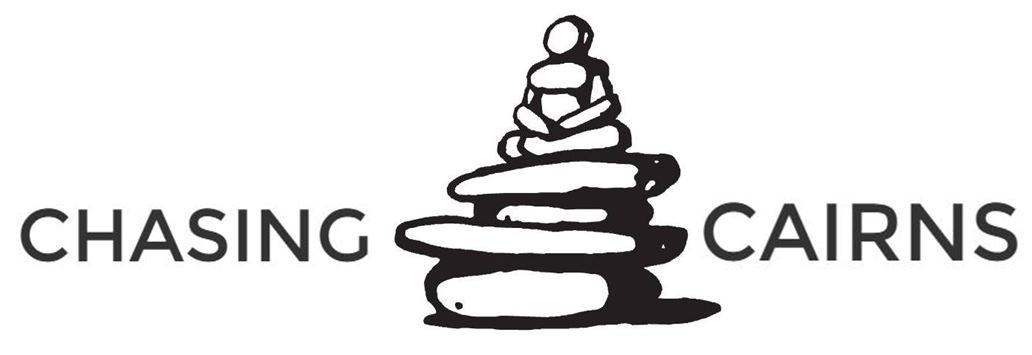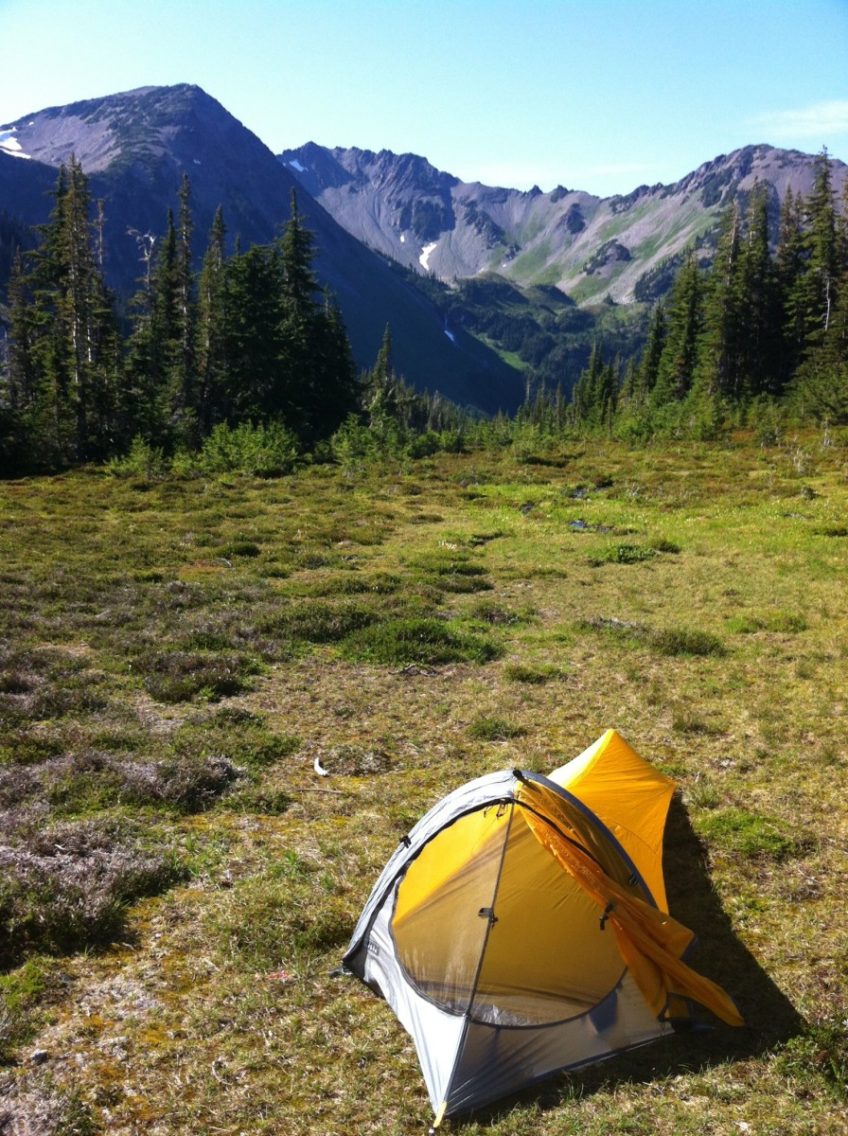When I first came across the Nemo Gogo Elite, I was stunned. I couldn’t wrap my head around the idea of a tent with an inflatable frame that packed down to the size of a grapefruit. What?!? It literally blew my mind that such a thing was possible. That was circa 2011, I have since become much more well read and knowledgeable about the design possibilities in the outdoor tech industry. Nevertheless, I am still impressed by the Nemo Gogo Elite, even if it is not one of my go-to shelter systems.
In 2011, Nemo was just breaking into the mainstream gear industry. Their offerings with sleeping pads and tents were innovative and different, things that don’t necessarily happen often in the outdoor industry. They weren’t quite mainstream yet, at least I had never heard much about them, but they weren’t considered a cottage industry manufacturer. I came across Nemo when I was tooling around backcountry.com or some similar compendium of outdoor gear. I was instantly intrigued by their pole-less 1-2 person tents, as I knew that poles tended to be the heaviest part of any tent. I can’t say, however, that I was intrigued by their staggering price points.
At this point, I knew I needed a tent, so I waited, and waited, and waited, until the Gogo Elite came back into stock and then went on sale. Even though I had researched many other bivy tents, the Gogo Elite still struck me as an intelligently designed, lightweight solution to the single person shelter question. My research was confirmed when it showed up in my Bates mailbox. I knew exactly what to expect, yet I was still surprised by its form factor. I immediately set it up in my living room, ducking in an out of it with a wide array of sleeping bag/gear set ups. Sadly, I didn’t really get to use the bivy until the summer of 2013 when I led a backpacking trip in the Olympics and Cascade Mountain Ranges in Washington.
After putting it to use, I was still excited by the Gogo Elite, but my fantasies about the realities of life in a single-wall bivy sack had vanished. While many other words come to mind when trying to sum up my experiences in bivy sacks, one word comes to mind: Condensation. This is a problem that plagues the vast majority of bivy set ups. Temperature differences and minimal ventilation lead to an almost certain build up of moisture on the walls of your tent. You can basically guarantee that you will wake up to water droplets clinging precariously to the canopy above your head each morning. For me, this meant that I had to gingerly wiggle my way out of the bivy without scraping or disturbing too much of the hanging water with my sleeping bag. It was quite a process to behold. Once out of the bivy, the deflation and packing process is quite simple: unstake and roll up. Done. The condensation on the interior does mean that you will often be packing your tent away wet, which is not ideal because it increases the weight of the tent and means that it will be soggy at the end of the day. This can be rectified if you shake it out and hang it up once you get to camp.
Sleeping inside the bivy is not overly claustrophobic. The air-filled tubing keeps the ceiling of the bivy far above your resting head position. While the tent is relatively tall, it is not very wide. There is not much wiggle room. I generally sleep with a Enlightened Equipment quilt, so that I can spread out more effectively, but this bivy is better suited to a traditional mummy-style sleeping bag. The contoured and tight shape of the bivy is a tight fit for an average size male like myself (5’10”, 175 lbs.). It is definitely long enough for me, but I wouldn’t want to be much broader than I am.
Another downside of this bivy, and all other bivys, is that you can’t store much gear in the bivy with you. This means you either have to pick and choose what you want to bring in or weatherproof your bag and leave it outside. While this is a negative associated with just about any bivy, the Gogo Elite does actually offer some interior space for gear storage. I had at least a foot to a foot and half of space above my head where I could store essentials and even some clothes. Don’t plan on changing your clothes inside the bivy though… Ha.
All in all, this bivy is feature-rich, lightweight, and high-tech, but despite all of its advancements it fails to fully address the standard bivy-related issues. Is it worth the top dollar price tag? Probably not.
Now, I know significantly more about the status of 1-person shelter offerings. THere are many companies that specialize in lightweight, compact, and comprehensive shelter systems. Tarp Tent, Mountain Laurel Designs, High Mountain Gear all offer alternatives to the Gogo Elite that are potentially cheaper and definitely better designed. The Gogo Elite is a mainstream attempt at an ultralight shelter, which isn’t necessarily a good thing.
When it comes to ultralight, cottage industry is currently the way to go!
The Bare Bones
Product Name: Nemo Gogo Elite Bivy
Features: Fully taped seams, inflatable, lightweight
Available Colors: Yellow, Camouflage, and Green
Recommended Uses: Fast packing, ultralight, bike touring
Weight: 29 oz
Price: $430.00
0 likes



Leave a Reply